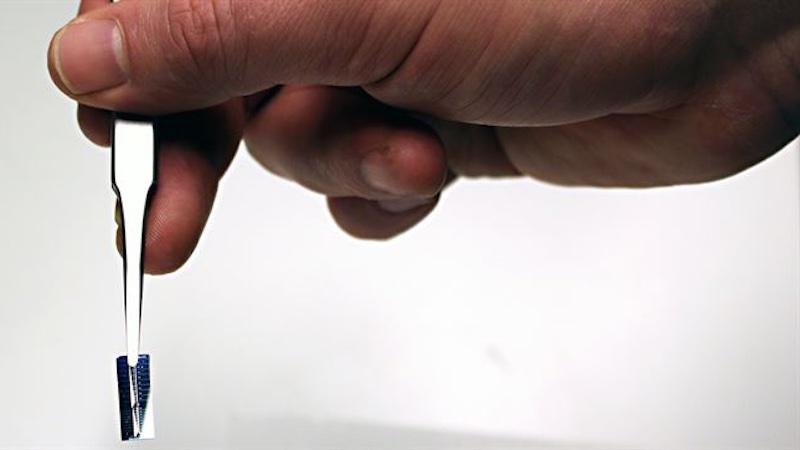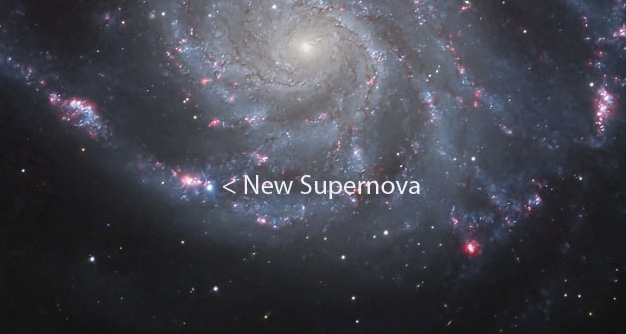Optical chip transmits the entire Internet in one second
Researchers from Denmark and Sweden have set a new world record for data transmission. With a new type of optical chip, 1.8 million gigabits per second can apparently be transmitted. That would be more than the data volume in the entire Internet.
How high is the transmission speed of your Internet provider? Many will likely contract up to 50 megabits per second, some maybe even up to 100 megabits per second. Now imagine a contract with up to 1.8 petabit per second. That’s roughly 1.8 million gigabits per second. Incredible, is not it?
But that could soon be possible, at least in theory. researchers at Chalmers University of Technology in Gothenburg have developed an optical chip with which this speed can be achieved.
According to the scientists, this corresponds to more than the entire volume of data on the Internet. With current technologies, this would in turn require more than 1,000 lasers.
Optical chip: Fast internet based infrared laser
But how is that even possible? The basis for this is the innovative optical chip. This splits the light from an infrared laser into a rainbow spectrum and sends data in each color of this spectrum. A receiver then takes the sent data and reassembles it into a readable image.
By compressing the data to frequencies that are close together, more data can fit into a light pulse. Solutions used on the market tend to rely on clearly distinguishable frequencies.
Because the more data is compressed in a frequency, the higher the risk of no longer readable “lost” content. However, the researchers achieved a quality factor that allows for a high transmission rate while minimizing losses.
Electricity consumption and CO2 emissions from the internet could decrease
The quality factor tells you how high these losses are. The higher the Q factor, the better a transmission method performs. In addition to the advantages already mentioned, the environment could also benefit from the technology. Because if 1,000 lasers can be replaced by the chip, the general power consumption on the Internet will decrease.
Current lasers also generate a lot of heat, which in turn is “lost” to the environment. If, on the other hand, we rely on the new technology, then the general energy requirement can be reduced and the CO2 footprint reduced. It is still unclear when the chips will be used in practice for the first time. But they reveal great potential.
Also interesting:



